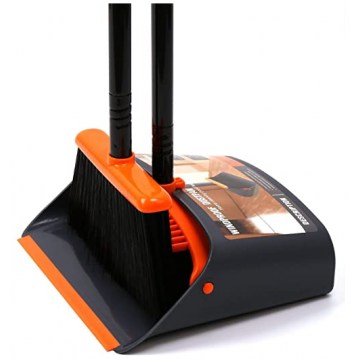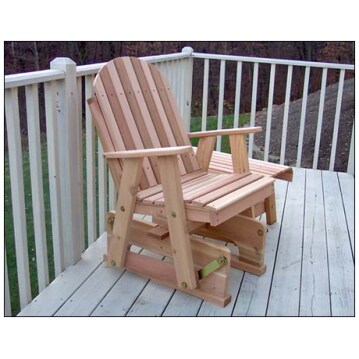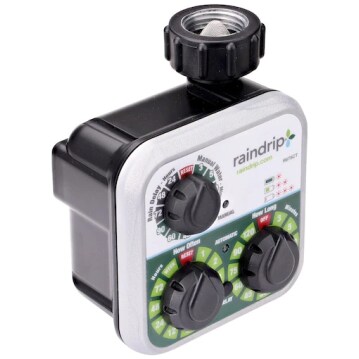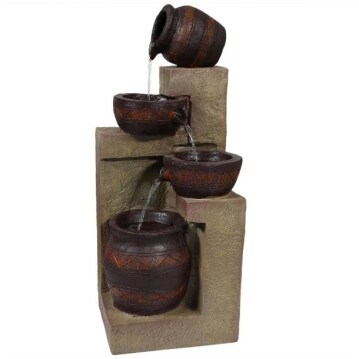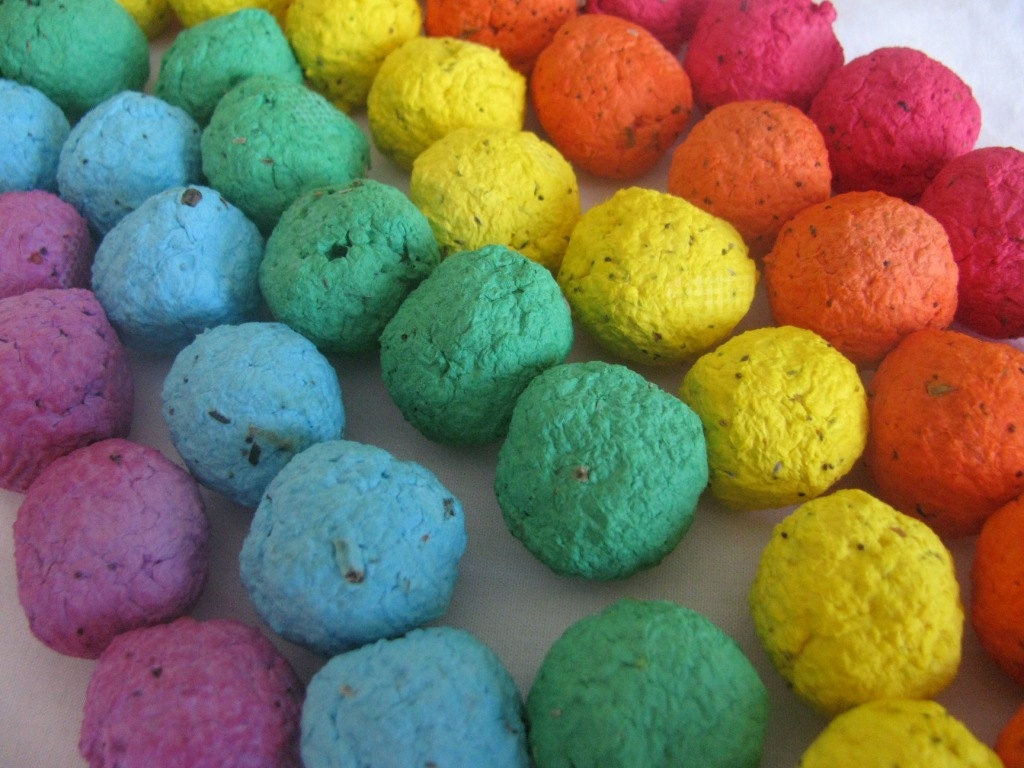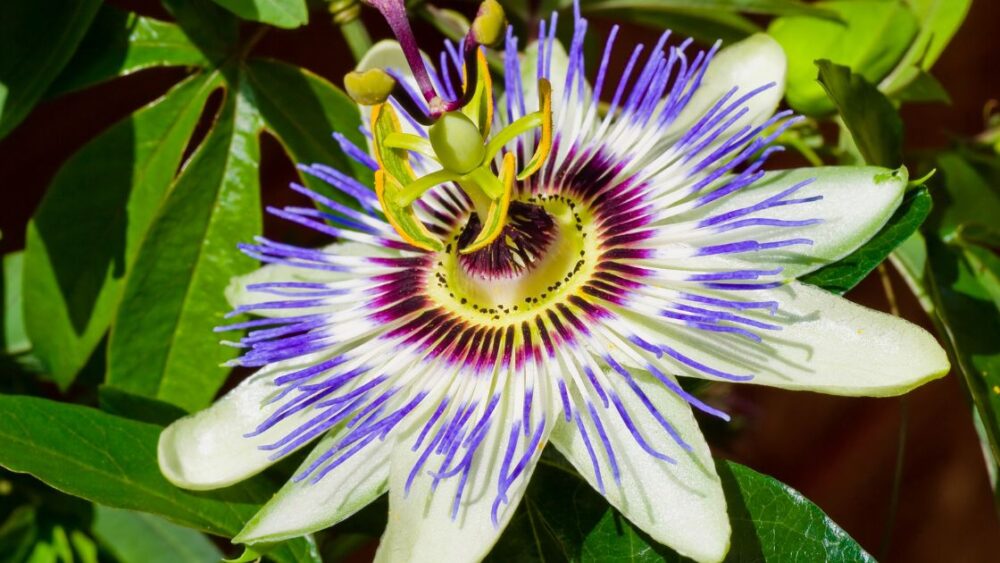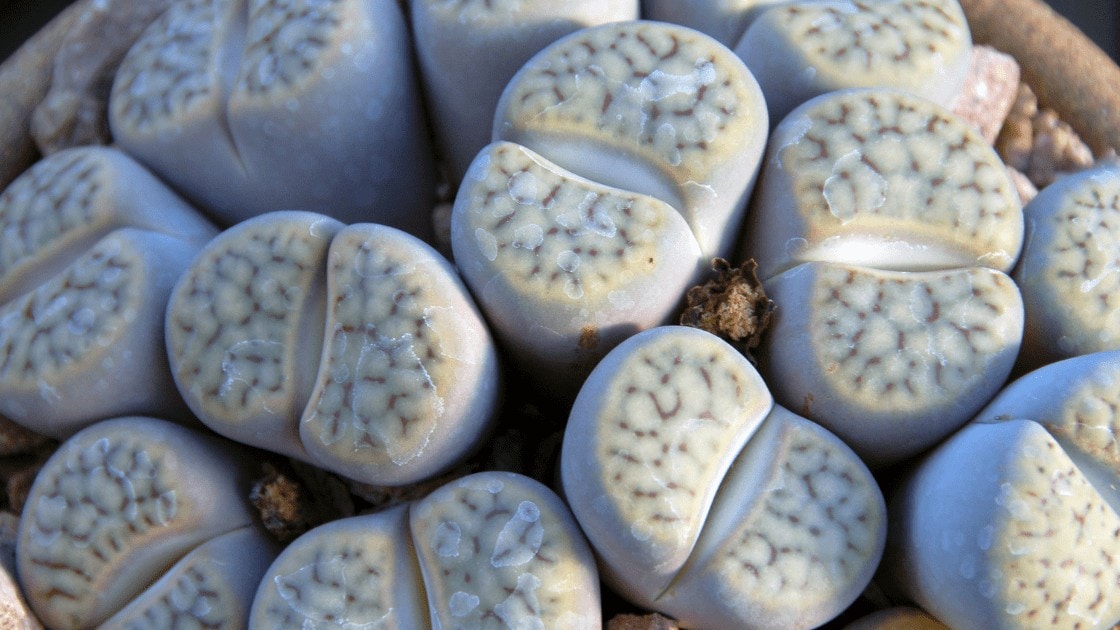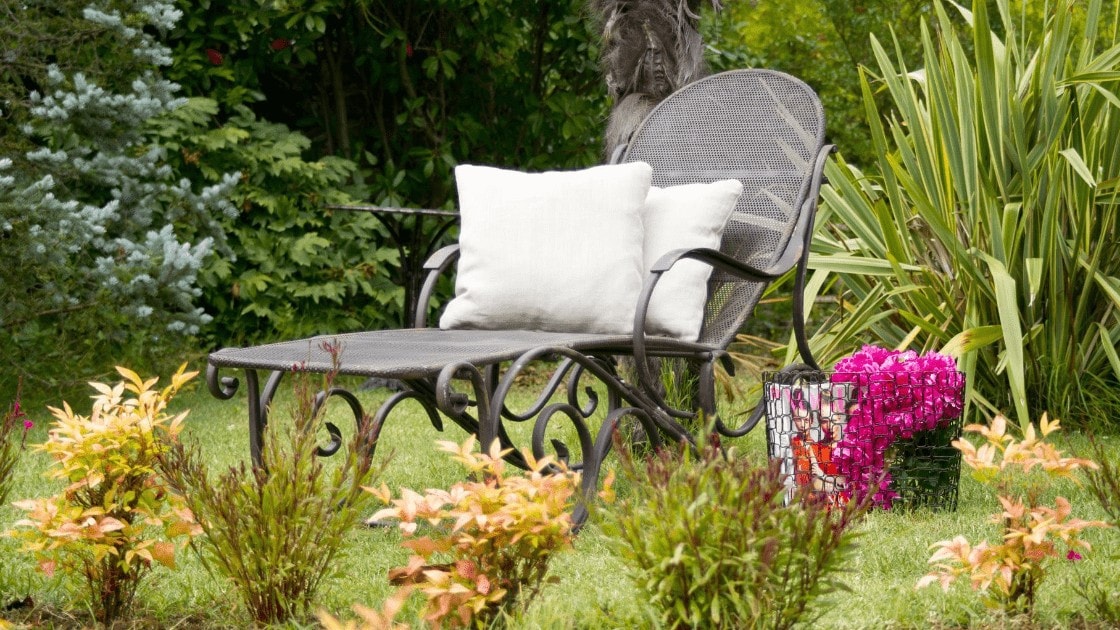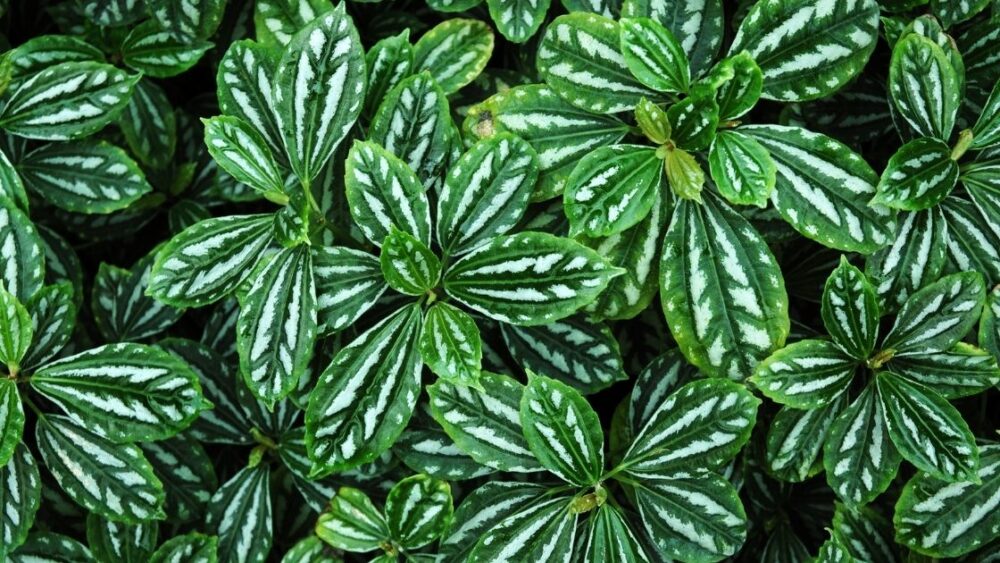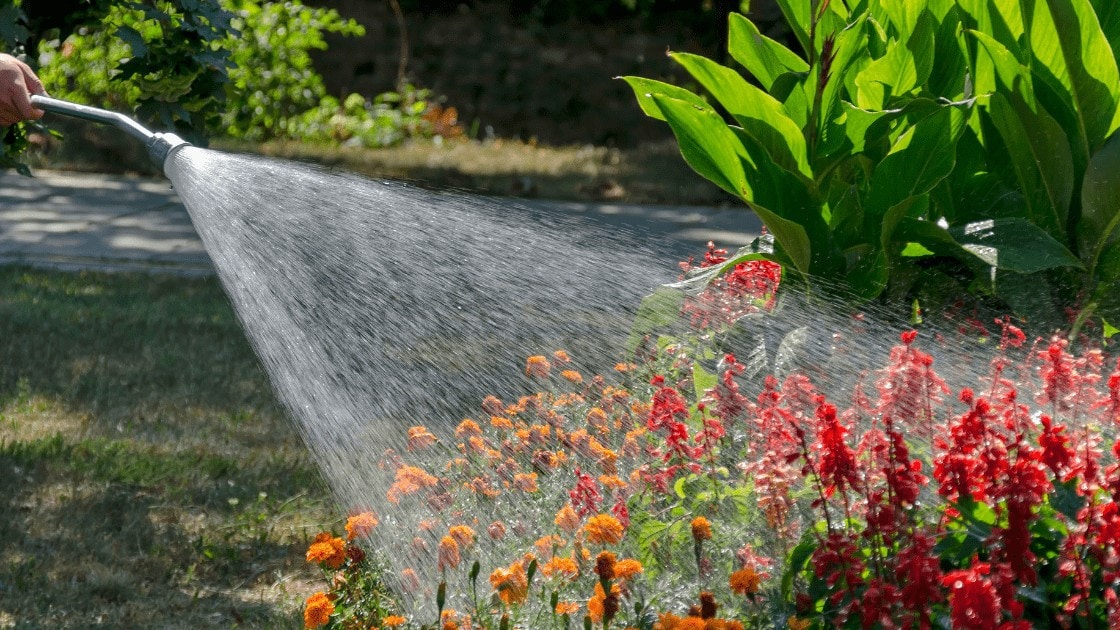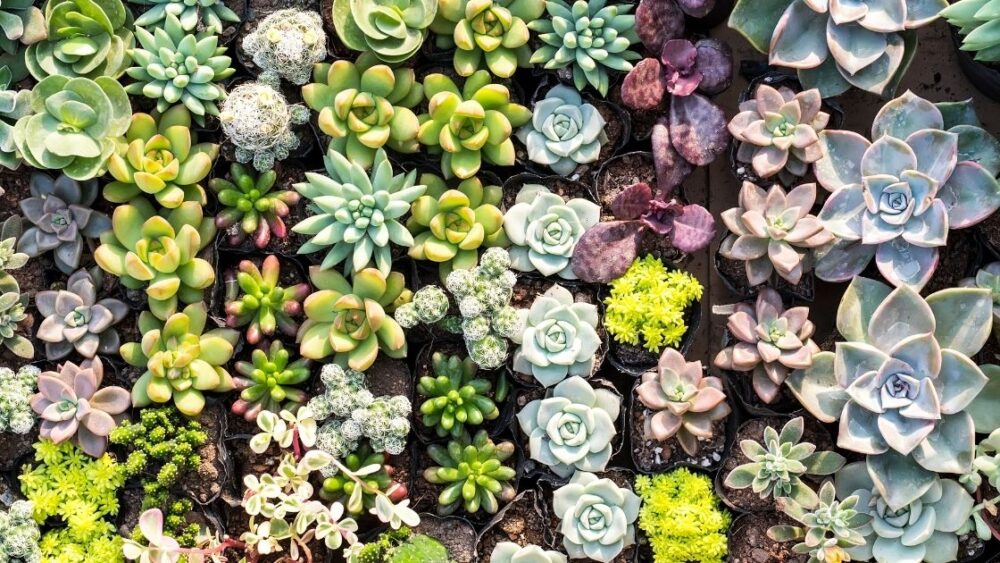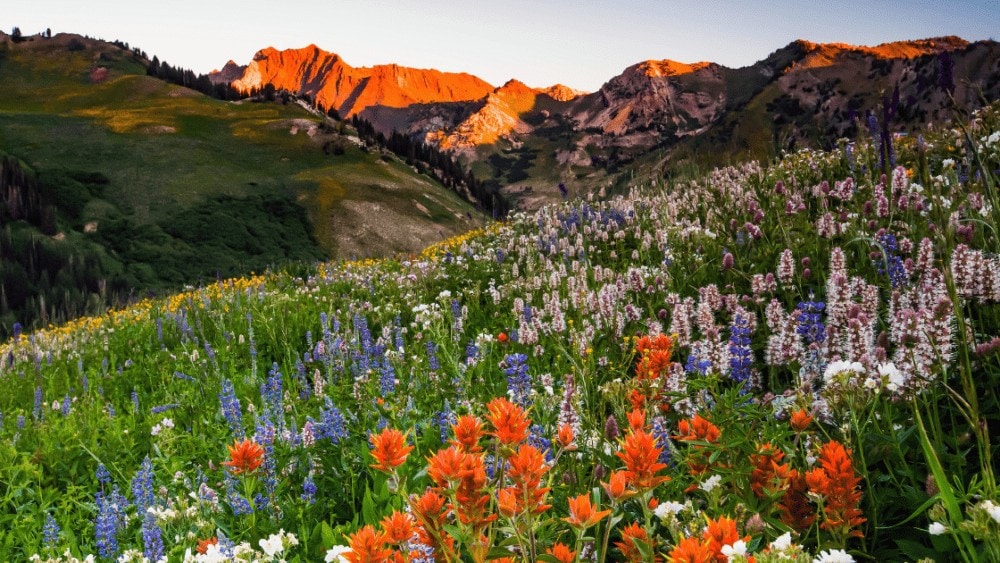
The short answer is that yes, wildflower seeds can have very good germination rates when simply sprinkled around. In fact, burying the seeds too deep (a common novice mistake) will usually result in much worse germination rates compared to just casually sprinkling them around. Virtually all wildflower species and varieties are self-seeding which means that the plant naturally drops its seeds during the autumn and they germinate the following spring, starting the next generation. The process then repeats itself indefinitely every year.
But what if you want to start off this process in a land area where wildflowers don’t already grow? What’s the best way to plant the seeds in order to ensure good germination? Can you just throw them around hope for the best? Let’s get started!
Can Wildflower Seeds Germinate After Being ‘Tossed Around’ or Do They Have to Be Manually Buried?
The fact that so-called ‘seed bombs’ exist is a testament to the fact that simply sprinkling seeds is a very viable way to introduce wildflowers in a land area. Those seed bombs are tiny balls that contain a large number of wildflower seeds encased in various ‘carrier’ ingredients, such as clay and soil.
Browse our Affiliate Products
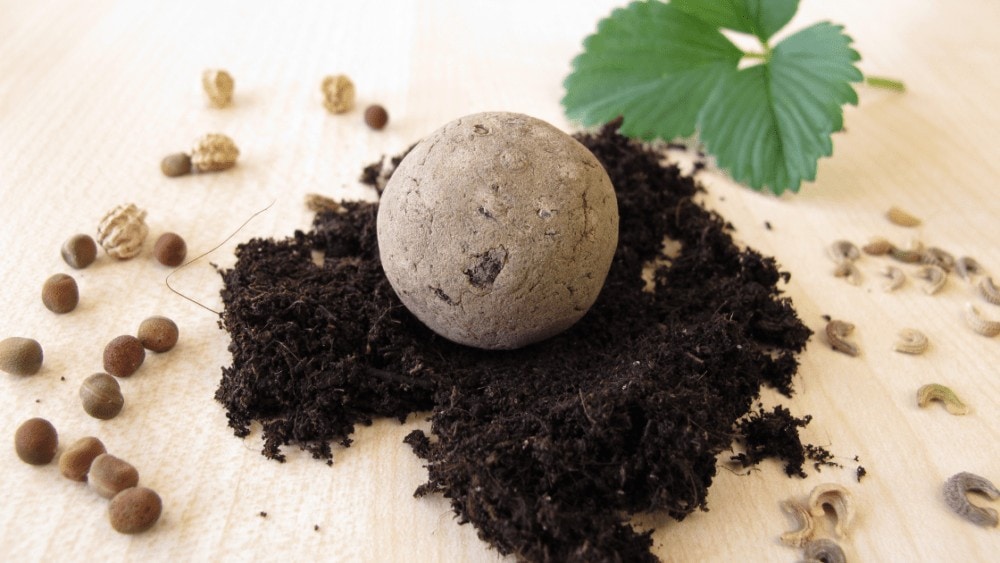
The bomb can be thrown a great distance and will disintegrate during the following rainfall, releasing the ‘payload’ of seeds. After that, the wildflowers will quickly get established and will spread around year after year.
Aerial seeding
This is a ‘high-tech’ variation of this ‘seed bombing’ and involves dropping seeds from a helicopter or an airplane. This is a technique that has been successfully used for land renovation in Africa with a surprisingly high success rates. Additionally, birds in particular accomplish just this by passing along many different types of seeds in their droppings that promotes new plant growth. This is why you see plants growing in places that makes one wonder how they got there.
Factors That Determine the Success of the ‘Throwing Around Method’
Tossed wildflower seeds will germinate well only if the soil surface has suitable characteristics. Terrains that have a thin, coarse layer of natural mulch will be the most conducive to successful wildflower establishment.
The seeds will eventually get washed down by rain and end up below the mulch layer, where the constant humidity will promote germination. However, areas with too much grass can make it difficult for some wildflowers to reach for sunlight and the competing plants can suffocate the seedlings before they have a chance to start photosynthesizing.
However, the beauty of the seed bombing method is the high volume of seeds which it introduces. This greatly reduces the importance of optimum germination conditions – at least some seeds will eventually germinate and even if only one plant makes it to adulthood, it will spread around thousands of seeds during the coming autumn.
For more information on spreading wild flower seeds and other types, check out this article:
What Is the Best Time of the Year to Throw Wildflower Seeds Around?
Throwing wildflower seeds can be done during early spring, but the success rate is usually higher when it’s done during autumn. This perfectly mimics the natural yearly cycle of native plants and exposes the seeds to the winter cold, making them germinate easier when spring arrives.
Click here to browse our affiliate seed selection: Plants & Flower Seeds
Seed Dormancy, Light Sensitivity And Other Factors
Most wildflowers have seed dormancy mechanisms that prevent the seeds from germinating immediately after they fall off the flower. For most of the common wildflower species, the type of dormancy is called physiological dormancy. For the seeds to germinate, they need to first dry out a bit and then absorb water again. This means that burying freshly collected seeds beneath a layer of soil will usually lead to very low germination rates.
Tiny seeds that are around the size of a grain of sugar are usually photosensitive – they will not germinate in the dark. This is a survival mechanism – small seeds have much less nutrient reserves and don’t have enough energy to penetrate through a thick layer of soil or mulch. In conditions where the seed is completely covered and no light reaches it, it will simply wait for better conditions before it initiates germination.
Because of those two factors, most wildflower seeds will likely germinate much better when sprinkled around instead of being buried. The highest success rate will come from germinating the seeds indoors and then planting the seedlings outdoors, but sprinkling can often work equally well.
In What Circumstances Should Wildflower Seeds Be Properly Planted?
The germination rate of proper planting will usually be higher than simply tossing them around. It’s worth starting the seeds indoors if the seeds are expensive or relatively large, which would automatically mean you don’t have a high number of them in a packet.
For tiny seeds, which are the type found in almost all commercial wildflower mixes, it’s much more practical to just sprinkle them around, water generously and hope for the best.
Starting wildflower seeds indoors prior to planting outdoors should only be done for locations you have easy access to, such as your own garden. Otherwise, planting the delicate seedlings in a remote location can quickly kill them before they acclimatize to their new harsher environment, especially if there is a long drought period coming.
For more information on starting your own flower garden, check out this article:
Will Birds Eat Most Of the Seeds That Haven’t Been Buried?
A significant problem with seed sprinkling is the amount of seeds that will get eaten by wildlife. Birds will usually be the first to eat them. Small rodents that come out at night will also notice and feast on the larger seeds and so will large insects.
However, many wildflower seeds can survive getting eaten by birds and for some species, it’s their favorite way of transportation. Many seeds will germinate even better after going through the digestive system of a bird.
However, this will rarely be good news for you, because birds will usually transport the seeds many miles away before ‘releasing’ them. In the end, birds aren’t something you should be concerned with when tossing wildflower seeds around – at least a few seeds will always eventually make it.
Things To Do to Increase The Success Rate Of Seed Sprinkling
Here are a few easy tricks, which can greatly increase the germination and survival rate of sprinkled wildflower seeds:
- Add the seeds to some potting soil and sprinkle the finished mix around
Adding a tablespoon of seeds to a cup of soil, mixing them well and sprinkling the finished mixture will ensure more even seed distribution and higher germination rates.
- Make seed bombs
This is a proven strategy and it allows you to throw the finished seed ball up to 100 feet. Seed bombs are made out of soil with some clay mixed in to hold the mixture
together. Using the smallest amount of moisture possible and quickly drying the ball afterwards will ensure that the seeds don’t start sprouting prematurely – they should only do so after it rains.
- Remove weeds from the target areas before spreading the seeds
It’s easier to introduce wildflowers if there aren’t any other tall, competing plants around.
- Water the seeds
Depending on the average rainfall frequency in your location, drought can be the biggest enemy of the newly emerged wildflower seedlings. If the weather is very hot or it hasn’t rained for some time, artificially watering the wildflower seedlings will ensure their survival. Mature wildflower plants can be very drought resistant, due to their deep root structure, so you don’t need to worry about them.
Does Throwing Wildflower Seeds Help The Environment?
Introducing wildflowers is a great way to increase the flower diversity in an area and help out the bee population. Here are a few of the benefits which wildflowers have to offer:
- Improving soil health
Wildflowers help keep the soil alive, by improving water retention and supplying carbohydrates to the root microbiome through a symbiotic relationship.
- Increasing the population of pollinating insects
Wildflowers attract a lot of pollinating bees and other insects and provide food for them.
- Improving the visual appearance of a land
If a piece of land stays unused, there is no reason not to sprinkle some wildflower seeds on it – not only will this make the land more attractive, but it will help keep the soil alive if you do decide to use it for agriculture in the future.
Which Wildflower Species Are Most Beneficial?
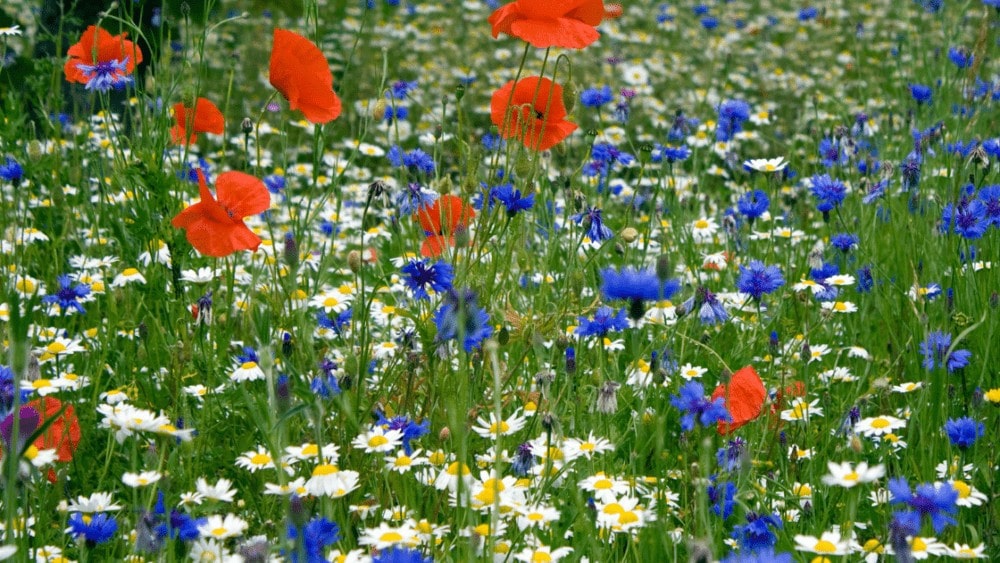
The species of wildflowers which you choose to introduce to a land is up to you and they all offer similar advantages and beauty. Most commercial wildflower mixes aren’t labeled with a full list of the contained species. Here is a short list of some common wildflowers which can grow almost anywhere:
- Black Eyed Susan (Rudbeckia hirta)
- Blazing Star (Liatris spicata)
- Oxeye Sunflower (Heliopsis halianthoides)
- Praire Blazing Star (Liatris pycnostachya)
- Purple Coneflower (Echinacea purpurea)
- Swamp Milkweed (Asclepias incarnata)
- Stiff Tickseed (Coreopsis palmata)
The term ‘wildflower’ simply means a flowering plant that hasn’t undergone artificial selection – this includes all flowering plants you are likely to encounter in the wild, hence the name. Wildflowers can thrive in dry areas or they may like swamp areas.
Most commercial wildflower mixes contain seeds of drought-tolerant flowering plants, which thrive in spent, non-nutritious soil, making them perfect for planting basically anywhere!
Are There Any Disadvantages To Introducing Wildflowers?
The only significant disadvantage of planting wildflowers is that you can accidentally introduce an invasive species, not previously found in a certain region. Those overly-aggressive wildflower species can completely suffocate other low-growing plants and monopolize a whole area of land quickly.
Avoiding this is not really feasible, because most wildflower mixes aren’t particularly well species-labeled and even if they were, predicting whether a plant species will become invasive in a certain area can be impossible. For more information about what wild flowers are found in your are check out this site, uswildflowers.com.
Final Thoughts
Sprinkling wildflower seeds around is a surprisingly effective way to plant them, sometimes leading to germination rates of more than 20%! Often, it’s even more effective than burying the seeds, especially when it comes to the tiny seeds of most wildflower species.
There are a lot of things you can do to improve the seed germination rate, but in the end it doesn’t really matter, because with seed sprinkling, you’re relying on pure chance and only need one plant to successfully reach maturity and spread its seeds, kick-starting the self-seeding cycle for many years to come. Introducing invasive species is always a risk that comes with wildflower planting and there is little you can do to control it.
